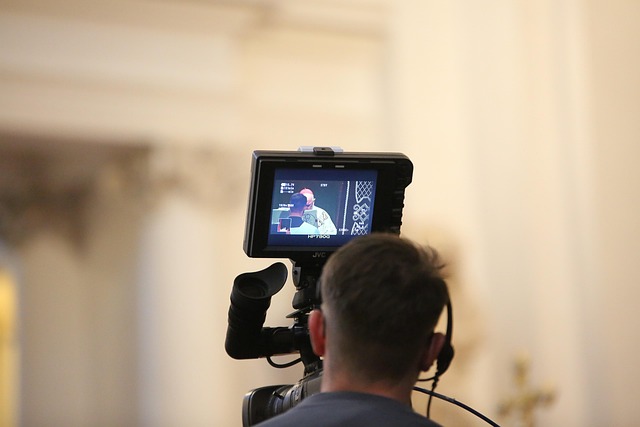
Navigating Workplace Culture: The Science and Technology of Rule Following in Communication
Understanding the Role of Rule Following in Workplace Communication
In any workplace, communication is more than just exchanging words—it’s a complex dance guided by unseen rules and cultural cues. The concept of rule following plays an essential role in how employees interact, collaborate, and thrive within professional environments. But what exactly does it mean to follow rules in communication, and how do science and technology influence this dynamic within workplace culture?
The Science Behind Rule Following in Communication
From a scientific perspective, rule following involves the mental frameworks and social conventions that govern how individuals interpret and respond to messages. Linguistics and psychology reveal that humans rely heavily on shared rules—grammar, tone, context, and norms—to make sense of conversations. In the workplace, these rules determine not only what is said but how it’s understood.
For example, the implicit rules of politeness and hierarchy shape emails, meetings, and informal chats alike. Employees intuitively read between the lines, using social cues to determine whether a statement is a suggestion, an order, or a question. This cognitive process facilitates smoother interactions and helps prevent conflicts arising from misunderstandings.
Technology’s Influence on Rule Following
With the rise of digital communication tools such as emails, instant messaging apps, and video conferences, the traditional rules of workplace communication are evolving. Technology introduces new challenges and opportunities for rule following:
- Clarity vs. Ambiguity: Text-based communication lacks vocal tone and body language, making it essential to follow clear language rules to prevent misinterpretations.
- Response Expectations: The immediacy of technology creates unspoken rules around response times, potentially impacting workplace stress or engagement.
- Cross-Cultural Interaction: Global teams rely on digital platforms, bringing diverse communication rules and cultural norms that must be navigated carefully.
Innovations in artificial intelligence and machine learning are beginning to assist in decoding and adhering to these rules, offering real-time language suggestions and sentiment analysis to enhance workplace communication efficiency.
Rule Following as a Pillar of Workplace Culture
Every organization develops its own culture—a distinct set of behavioral norms and communication rules that employees are expected to follow. This culture shapes everything from casual conversations by the water cooler to formal boardroom negotiations.
Understanding and adapting to these communication rules is vital for employees at all levels. It fosters mutual respect, trust, and collaboration. Conversely, neglecting these unwritten rules can lead to miscommunications, decreased morale, and even conflict.
Effective leaders recognize the importance of explicitly defining communication standards while promoting flexibility and inclusivity. This balance ensures that rule following in communication supports innovation rather than stifling it.
Embracing the Complexity
Decoding the interplay between science, technology, and workplace culture reveals that rule following in communication is not about rigidity or conformity. Instead, it’s about embracing the shared guidelines that foster understanding and cohesion. Whether through human cognition or technological aids, mastering these rules enables individuals and teams to navigate the workplace more effectively, building stronger professional relationships and achieving collective success.



